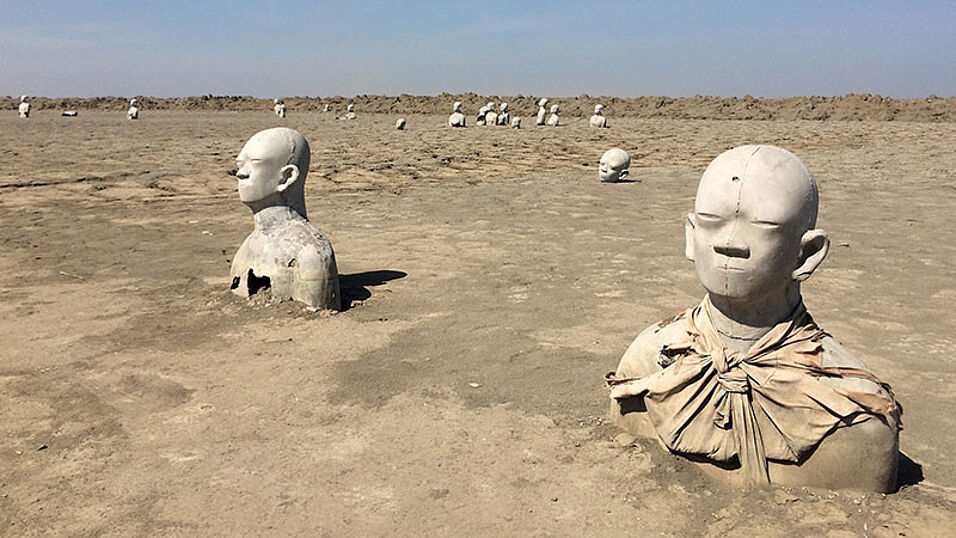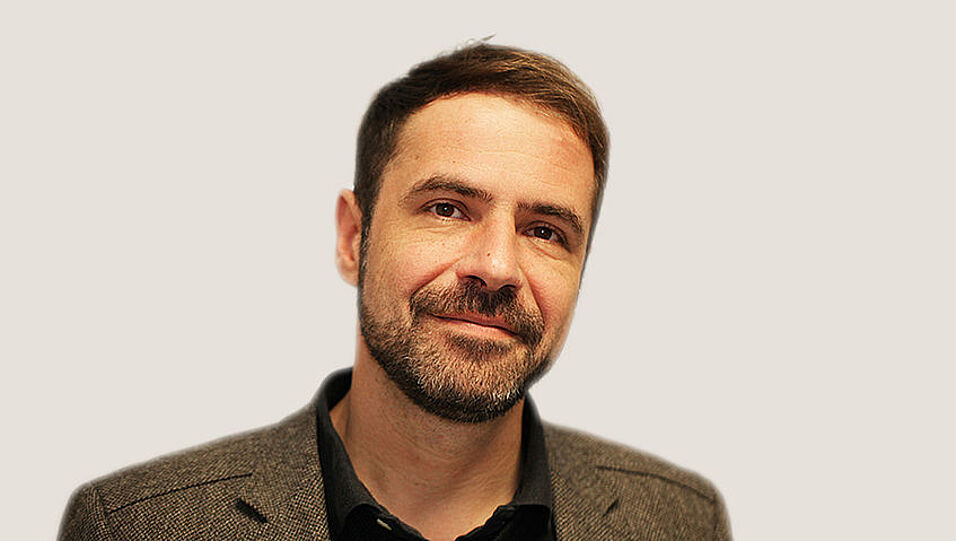It took only three months from listening to a guest lecture to doing research together. In June 2017, Bambang Hudayana spoke about his research in Central Java during his Erasmus+ visiting professorship. The head of the Department of Anthropology at Gadjah Mada University in Yogyakarta (Indonesia) reported on the adaptation achievements of the local population following the last eruption of the Merapi volcano in 2010. In the audience was Gunnar Stange, expert on Indonesia and social anthropologist focusing on peace and conflict research, development research as well as forced migration. Stange is part of the Vienna research group “Population Geography and Demography” at the Department of Geography and Regional Research, whose head, Patrick Sakdapolrak, also concentrates on the topics of population, environment, development and migration.
Common research interest
Gunnar Stange and Bambang Hudayana quickly agreed that there are numerous points of contact and shared research interests between the Department of Geography and Regional Research of the University of Vienna and the Department of Cultural and Social anthropology of Gadjah Mada University.
In September 2017, a first joint project co-managed by Bambang Hudayana, Anton Novenanto and Gunnar Stange was carried out within the framework of the ASEA-UNINET, a network that promotes cooperation between Europe and South-East Asia. Subsequently, the Faculty of Earth Sciences, Geography and Astronomy of the University of Vienna and the Faculty of Cultural Sciences of the Gadjah Mada University entered into an agreement. Gunnar Stange has worked a lot in Indonesia, a state with more than 17,000 islands and 260 million people. He is interested in how different population groups deal with serious environmental changes, whether they occur suddenly (like a volcanic eruption) or are slowly progressing, and the effects of armed conflicts.
Mud volcano eruption after poorly secured drilling for natural gas
Research was carried out in Sidoarjo, in the province of Jawa Timur (East Java), a very industrialised region with numerous factories and processing facilities. As a result of poorly secured drilling of a natural gas and oil company, a mud volcano erupted in May 2006. Since then, the mud volcano has been blowing up fountains contaminated with heavy metal: "When you stand on the crater rim, you think the earth is desolate and empty. There's no bird singing, there's no animal crawling. There is nothing than dust blown by the wind." With these words, Gunnar Stange describes this apocalyptic mood. The mud has not only buried villages and farms but it also contaminates rivers and presumably causes respiratory diseases.
Although tens of thousands of people have lost their jobs and homes, the disaster has never been officially recognised by the government. The affected population was only compensated for the loss of land and buildings. Yet, a more holistic rehabilitation approach is missing up until today.
First research results
In the joint research project, two groups of resettled people were asked about the rehabilitation of their livelihoods ten years after the eruption. Data evaluation is still in progress, but first results show some differences between the groups: "Although both groups have not fully recovered, those who have chosen the place of resettlement by themselves are relatively more content with their current living conditions than those who have moved into a ready-made housing complex provided by the oil and gas company”, explains Stange. Based on the project results, recommendations for further support measures for the affected population will be given to the local government.
Comparative case studies
The cooperation between the University of Vienna and the Indonesian elite university, which draws on its own research funds, is ensured by working on an equal footing. In a follow-up project, it is planned to compare the Merapi and Sidoarjo volcanos in case studies. With mobility funds from ERASMUS+, doctoral students will be able to conduct research in tandem with colleagues in Yogyakarta from 2019 onwards. ASEA-UNINET supports the development of long-term cooperation by providing travel and accommodation funds: "We can use local networks and write joint publications. Especially for young researchers from Vienna, this is an opportunity to work abroad", says Gunnar Stange from the Department of Geography and Regional Research.
- Agreement on academic collaboration: The ASEAN-European Academic University Network (ASEA-UNINET) initiates and promotes research cooperation with universities in South-East Asia. The cooperation agreement between the Faculty of Cultural Sciences of Gadjah Mada University and the Faculty of Earth Sciences, Geography and Astronomy of the University of Vienna was concluded within the framework of this network. In the medium term, cooperation in the field of research on livelihood security, migration and environmental influences will be expanded to include research, teaching and the exchange of teachers and students.
The University of Vienna has already applied for mobility funds for PhD students in the EU Erasmus+ programme. A comparative study on survival and existence after natural events and man-made disasters in South-East Asia (Sidoarjo mud volcano and Merapi volcano) is currently being prepared. - Term: 5 years
- Project team: Gunnar Stange, Department of Geography and Regional Research, University of Vienna & Bambang Hudayana and Anton Novenanto, Department of Anthropology, Faculty of Cultural Sciences, Universitas Gadjah Mada, Yogyakarta, Indonesia


